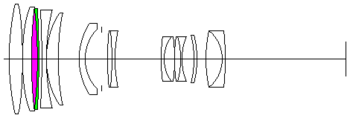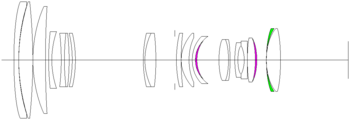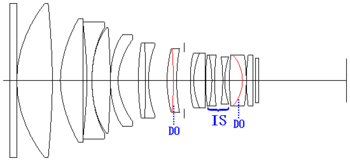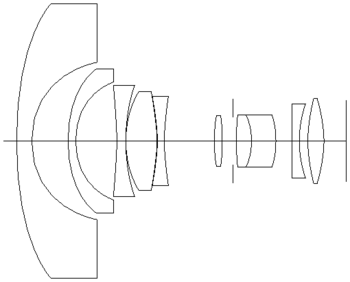Quick Post
I'm just travelling around a bit at the moment and I'm unable to format or research these patents thoroughly. I'm sure some of you will tear it apart. A better translation would be appreciated.
This Japanese site has posted some Canon patents he/she has found.
This is a direct email quote
Based on his investigation Canon made following patents.
EF300/F4 IS II with plastic lens.
http://egami.blog.so-net.ne.jp/2009-12-17

This would be a welcomed lens by many.
EF70-210/F4 IS II with plastic lens
http://egami.blog.so-net.ne.jp/2009-12-12

Not sure this lens needs an update yet.
EF300/F2.8 DO IS and EF 400/F4 DO IS with new double DO and IS
http://egami.blog.so-net.ne.jp/2009-12-02

A lot of DO patents popping up. A lot of people ask for smaller and lighter lenses.
EF 15-24/F3.5-4.5 Fish eye zoom (not EF-S)
http://egami.blog.so-net.ne.jp/2009-11-27

I think this would be a great fisheye solution. It wouldn't cost a lot at first sight.
CR's Take
All make some sense outside of a new 70-200 f/4L IS.
View more lens patents here
Thanks Mitsu
cr

48 Comments
My guess would be DO cost is a combination of low manufacturing quantity and the premium Canon can charge for its benefits. Both should subside as it becomes more commonplace (but the latter won’t really go away if Canon has the technology cornered in some way.)
Except the 70-200 f/4 is already one of the best lenses in Canon’s lineup in its ability to resolve detail. My bet would be that (if it ever is actually produced) the 70-210 f/4 will be either a cost reduction move in one of Canon’s most popular lenses or a non-L aiming at a different market segment.
The so-called diffraction limit is a direct physical consequence of the aperture size. Unless we bring up exotica like meta-material “apertures”, there’s absolutely nothing any lens design can do about it.
I took a look at the source post, it is indeed plastic lenses. The main downside (according to the source) is that plastic lens performance can vary with temperature, and therefore the patents use two different types of plastic to cancel out the effects (highlighted in purple and green in the pics.)
Theres a pic floating around, but Canon did demonstrate a conventional 400mm f/4L IS when they announced the DO one, showing the difference in size and weight
http://www.dpreview.com/news/article_print.asp?date=0009&article=00090604canon_400do
There it is, scroll down a bit…
what parties are you attending??? lol